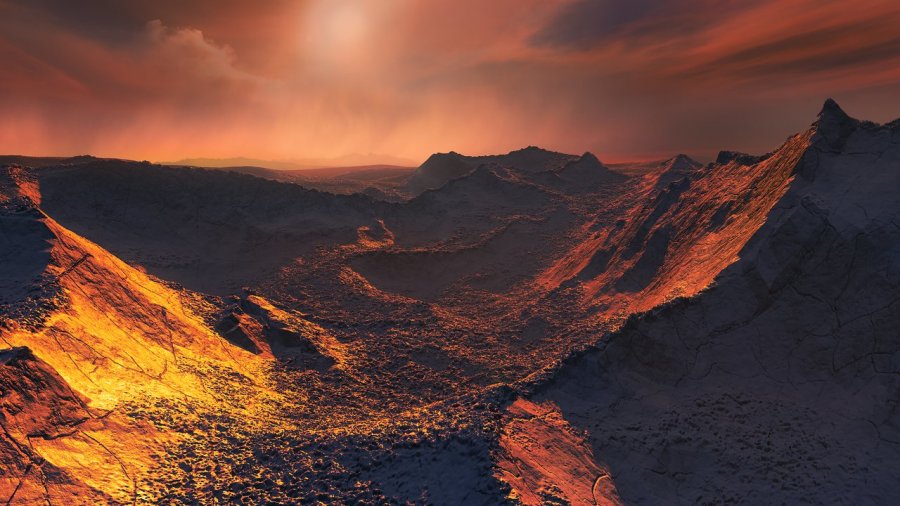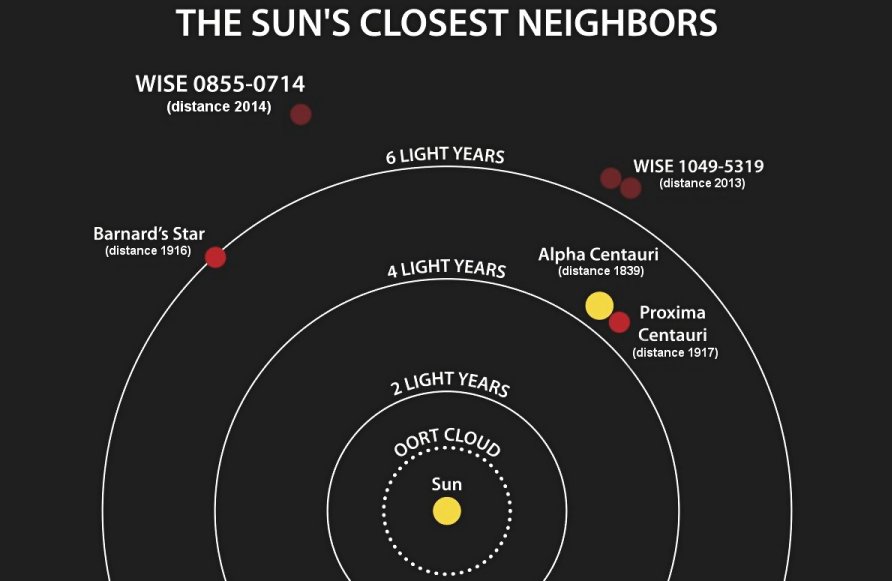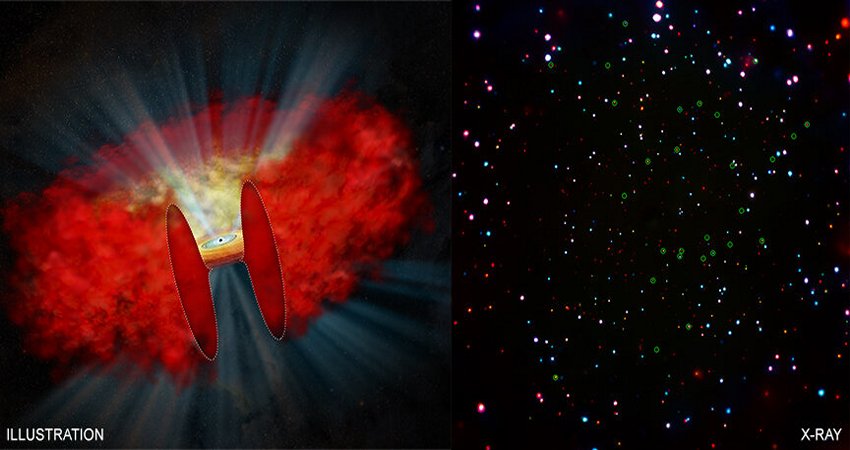The Space Environment Of Barnard’s Star b – Is It A Place For Life To Evolve?
Eddie Gonzales Jr. – MessageToEagle.com – The planet around Barnard’s Star, Barnard’s Star-b (“BSb”) is the closest exoplanet to us, if we include only single stars like the Sun.
Barnard’s Star b orbits Barnard’s Star in the constellation of Ophiuchus, only six light years away from Earth. Its official discovery was on 14 November, 2018.
The planet Promixa Centauri-b is closer, but Proxima Cen is part of a triple-star system with Alpha and Beta Centauri, and understanding the evolutionary development of the planet is more complicated.
 Artist’s impression of the surface of a super-Earth orbiting Barnard’s Star. (ESO/M. Kornmesser)
Artist’s impression of the surface of a super-Earth orbiting Barnard’s Star. (ESO/M. Kornmesser)
BSb orbits at a distance similar to that of Mercury around the Sun, but Barnard’s Star is a cool M-dwarf star and so despite the planet being close to the star it probably resides near the snow line – the distance where stellar irradiation is weak enough to allow volatile elements to condense onto the planet’s surface.
This makes BSb an especially interesting planet and possibly a keystone for future progress understanding planet formation and atmospheric evolution.
Extreme stellar activity and winds, especially in M dwarf stars, play an important role in the development of a planet and its atmosphere. These kinds of activity are linked to a star’s magnetic activity, but unfortunately models are still unable to predict how atmospheric initial conditions evolve under intense radiation environments. Nevertheless, progress has been made using simple models. In the case of Proxima Centauri b, scientists have found that it is probably subject to wind pressures ten thousand times larger than occur at the Earth.
 A diagram of the star systems closest to the sun (the year when the distance was determined is in parenthesis.) Astronomers have concluded that the planet orbiting Barnard’s Star might have an atmosphere despite the star’s being an M-dwarf, a star that typically produces strong winds and adverse space weather. NASA/Penn State University
A diagram of the star systems closest to the sun (the year when the distance was determined is in parenthesis.) Astronomers have concluded that the planet orbiting Barnard’s Star might have an atmosphere despite the star’s being an M-dwarf, a star that typically produces strong winds and adverse space weather. NASA/Penn State University
Might stellar wind effects also be disrupting any atmosphere on Barnard’s Star b?
CfA astronomers Julian Alvarado-Gomez, Cecilia Garraffo, Jeremy Drake, and Sofia Moschou and their colleagues conclude otherwise. The scientists note that BSb is much farther away from its star than is Promixa Cen b, well outside of the domain of the star’s corona. Moreover, an analysis of Barnard Star’s rotation and other properties implies that it is much older, between about seven and ten billion years, and any magnetic field processes should be considerably smaller.
The astronomers conclude that although today the planet Barnard’s Star b may have a relatively mild space climate (comparable, nevertheless, to bad space weather conditions for Earth), in its early years it probably did undergo significant disruption.
Today, however, BSb might retain an atmosphere that could studied.
Written by Eddie Gonzales Jr. – MessageToEagle.com Staff Writer
Related Posts
-
 Exploring Eruptions From The Sun
No Comments | Sep 14, 2021
Exploring Eruptions From The Sun
No Comments | Sep 14, 2021 -
 Unraveling The Mystery Of Brown Dwarfs
No Comments | Aug 27, 2021
Unraveling The Mystery Of Brown Dwarfs
No Comments | Aug 27, 2021 -
 Mind-Blowing View: Total Lunar Eclipse Looks Like From The Moon – Video From NASA
No Comments | Sep 23, 2015
Mind-Blowing View: Total Lunar Eclipse Looks Like From The Moon – Video From NASA
No Comments | Sep 23, 2015 -
 What If Extraterrestrial Observers Called, But Nobody Heard? – Researchers Ask
No Comments | Mar 2, 2016
What If Extraterrestrial Observers Called, But Nobody Heard? – Researchers Ask
No Comments | Mar 2, 2016 -
 Worse Than In Lovecraftian Horror: Billions Of Starless Planets Haunt Dark Cloud Cradles
No Comments | Jan 3, 2022
Worse Than In Lovecraftian Horror: Billions Of Starless Planets Haunt Dark Cloud Cradles
No Comments | Jan 3, 2022 -
 Astronomers Discover Ancient Brown Dwarf With Lithium Deposits Intact
No Comments | Nov 25, 2021
Astronomers Discover Ancient Brown Dwarf With Lithium Deposits Intact
No Comments | Nov 25, 2021 -
 ‘Heavily Obscured’ And Misidentified Black Holes – Discovered
No Comments | Jul 19, 2020
‘Heavily Obscured’ And Misidentified Black Holes – Discovered
No Comments | Jul 19, 2020 -
 Distant Galaxy eMACSJ1341-QG-1 Found Thanks To Huge Magnification
No Comments | Feb 4, 2018
Distant Galaxy eMACSJ1341-QG-1 Found Thanks To Huge Magnification
No Comments | Feb 4, 2018 -
 Record Number Of Mysterious ‘Fast Radio Bursts’ From Deep Space Detected By Aussie Telescope
No Comments | Oct 11, 2018
Record Number Of Mysterious ‘Fast Radio Bursts’ From Deep Space Detected By Aussie Telescope
No Comments | Oct 11, 2018 -
 Giant Comets ‘Centaurs’ – A Hazard To Earth, Astronomers Say
No Comments | Dec 25, 2015
Giant Comets ‘Centaurs’ – A Hazard To Earth, Astronomers Say
No Comments | Dec 25, 2015
